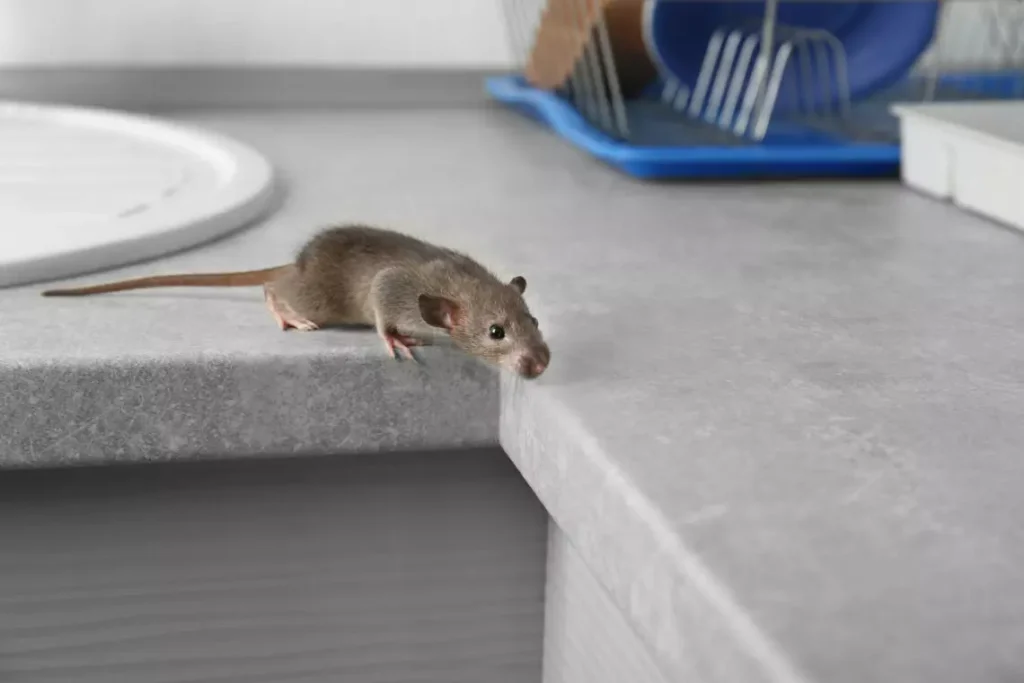AI-Driven Mouse Management: A Game Changer for Warehouses
Share
For years, warehouses have inadvertently served as cozy retreats for mice, thanks to their shadowy nooks and plentiful food supplies, creating ideal conditions for infestations. While traditional pest control methods are often expensive and require ongoing effort, the integration of Artificial Intelligence (AI) offers a revolutionary and more sustainable approach to warehouse mouse management.
Leveraging AI technology in mouse management is set to redefine pest control by providing automated, real-time solutions. Modern systems utilize advanced sensors and algorithms to identify and monitor mouse activity effectively. This smart technology can predict potential infestations and activate preventative measures much sooner than previous methods, helping businesses conserve both time and resources.

How AI Enhances Mouse Management in Warehouses
AI-infused systems come with numerous benefits over traditional pest control approaches. Most notably, they reduce human error and the guesswork associated with pinpointing infestation locations and severity. With AI's capacity to continuously learn and adapt, warehouse managers receive immediate alerts about shifts in rodent activity, enabling prompt and effective responses.
To dive deeper, check out this step-by-step guide on setting mouse traps for better control.
Why Warehouses Attract Mice
Mice are clever survivor species, and warehouses create an inviting habitat for them. The combination of warmth, ample hiding spots, and a steady food supply makes these facilities particularly attractive. Given their rapid reproduction rates, a small mouse problem can spiral out of control quickly. Not only do mice threaten property with damage, but they also pose substantial health risks due to disease transmission.
For more insights into managing pest control effectively, you might want to take a look at this resource focused on rodent control in warehouses.
Innovative AI Solutions for Mouse Management
Recent advancements in AI have paved the way for smart traps, automated poison dispensers, and even drones for surveillance. These tools use data sourced from IoT (Internet of Things) devices scattered throughout the warehouse to provide a detailed overview of mouse activity. For example, smart traps can differentiate between various pests and report captured rodents in real time, enabling targeted and efficient control measures.

The Perks of AI-Enhanced Mouse Management
AI-driven mouse management systems not only aim to lower mouse populations but also provide an array of additional advantages. These systems contribute to a safer work environment by reducing health risks and help companies stay compliant with stricter health and safety regulations, crucial especially in industries like food processing.
For tailored pest control solutions relevant to manufacturing warehouses, explore this guide on rat control.
Embracing AI for a Brighter Future
Incorporating AI into warehouse operations not only streamlines processes but also fortifies defenses against pest invasions. Companies that adopt these technologies often experience boosts in operational efficiency and employee morale stemming from fewer disruptions and cleaner workspaces.
For a comprehensive overview of necessary pest management tactics in warehouses and food plants, this resource provides valuable insights.
Frequently Asked Questions
-
How does AI track mouse activity in warehouses?
AI systems utilize sensors and cameras to observe movements and analyze behavioral patterns, effectively identifying and predicting mouse activities.
-
Are AI pest control systems safe for non-target animals?
Yes, these innovations are designed to specifically target pests, reducing the risk to non-target species and ensuring ecological safety.
-
What steps should businesses take to integrate AI pest control?
Initially, businesses should evaluate their pest-related challenges, consult with providers of AI technology, and implement trial systems to measure effectiveness.
This article contains affiliate links. We may earn a commission at no extra cost to you.
